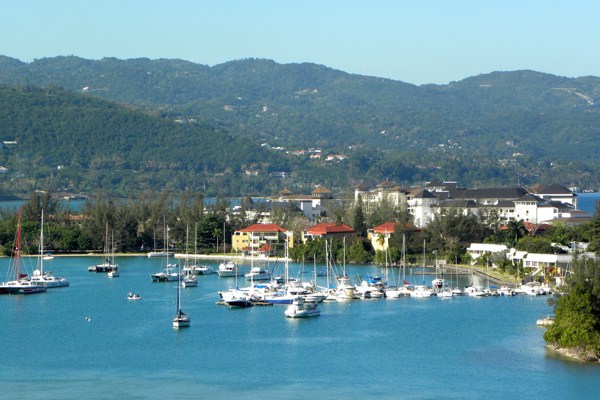Earlier this month, Jamaica announced plans to expand regional trade ties through a framework agreement with Cuba and a deal that supplements the existing free trade agreement with Costa Rica. In an email interview, Krista Lucenti, an economist with the Inter-American Development Bank, discussed Jamaica’s trade policy.
WPR: What are Jamaica’s main exports, and who are Jamaica’s main trade partners?
Krista Lucenti: Jamaica exported roughly $2.3 billion in goods and services in 2014. Exports of goods are concentrated in bauxite, alumina and other non-traditional exports, including chemical, minerals and food processing exports, and represent nearly three-fourths of the total value of exports. Jamaica carries a trade deficit partially offset by a surplus in services exports—primarily tourism—and remittances. The tourism sector represents two-thirds of the total value of goods and services exports, accounts for 15 percent of gross domestic product (GDP) and employs roughly the same percent of the labor force. Remittances have increased more than tenfold since 1990, and are currently equivalent to about 15 percent of Jamaica’s GDP, reflecting the increasing prosperity and growth of the Jamaican diaspora. The International Monetary Fund projects 2 percent growth for both GDP and exports in 2015-2016.

